The many and vital functionalities of 21st century oil telemetry
Telemetry and tank monitoring solutions have long played an integral role in industries relating to printing, water, chemicals and oil and gas, often fulfilling the most specialised of requirements. Much could certainly be said of oil telemetry, which has been used for the real time transmission of drilling mechanics and formation evaluation information uphole, during the drilling of a well. But there are many other specific functionalities that can be incorporated into telemetry systems by a provider that bears cost-effectiveness, reliability and flexibility closely in mind.
Some providers of oil telemetry systems, for example, may offer a DCD (Driver Controlled Delivery) system for the integration of on-site CCTV with on-site control, level monitoring and safety systems. What this means is that instead of the two man operation that loading and unloading has traditionally been, the task can be accomplished with aplomb by a single operative. Such an efficient process is made possible by a video intelligent outstation at each remote loading/unloading site, with the system able to have multiple inputs and control outputs incorporated into it.
Such an oil telemetry system may also feature various live video feeds that are displayed on a local PC, meaning that an unrestricted overview of the entire operation can be given to the depot manager. In the event that the bulk tank is close to running dry, there may be low level alarms as well as an auto-shutoff that can be activated, which would ensure that no damage occurs to the pump seals. There may also be such an auto-shutoff, together with high level alarms, that can be activated if the bulk tank is overfilled.
The best oil telemetry system is likely to be one where, during the normal working day, the operation of unloading and loading the tanks is entirely controlled by the local depot, with the video intelligent telemetry outstation capturing CCTV images to be viewed later. On the exit of the depot staff for the night, however, they should have a 24 hour control centre to which control of the DCD system can be given. From this point on, load permissions, control and monitoring could all be performed remotely.
Such a system would mean that in real time, one person at the control centre can supervise, monitor and control the unloading and unloading operations at all sites, in addition to fire protection systems. This brings a significant decrease in running costs, given that otherwise, filling operations would need to be attended by two people at each site for health and safety reasons. The fact that tanker loading and unloading takes place on a 24 hours a day basis has long made such staffing a significant expense.
Furthermore, even if an unwanted event occurs, industry-leading oil telemetry systems customarily store video feeds on site, allowing the event to be reviewed and analysed on a computer to prevent repeat occurrences. Such components are all increasingly standard elements of a truly complete telemetry system for the oil and gas industry.
Case studies
Don't just take our word for it, have a look at the our previous studies from a long list of prestigious clients.
Distillery Tank Level Monitoring System
Oriel Systems was asked to provide a tank level monitoring system for a leading distillery in Scotland. The system was … Continue reading Distillery Tank Monitoring

Environmental Monitoring System
Oriel Systems were asked to implement a standalone monitoring and control telemetry system for a global leader in dairy products. … Continue reading Environmental Monitoring System

Internal Drainage Board
The Challenge was to provide remote monitoring of water levels and machinery/ pumping equipment as well as fault alert and … Continue reading Internal Drainage Board


 01249 705070
01249 705070